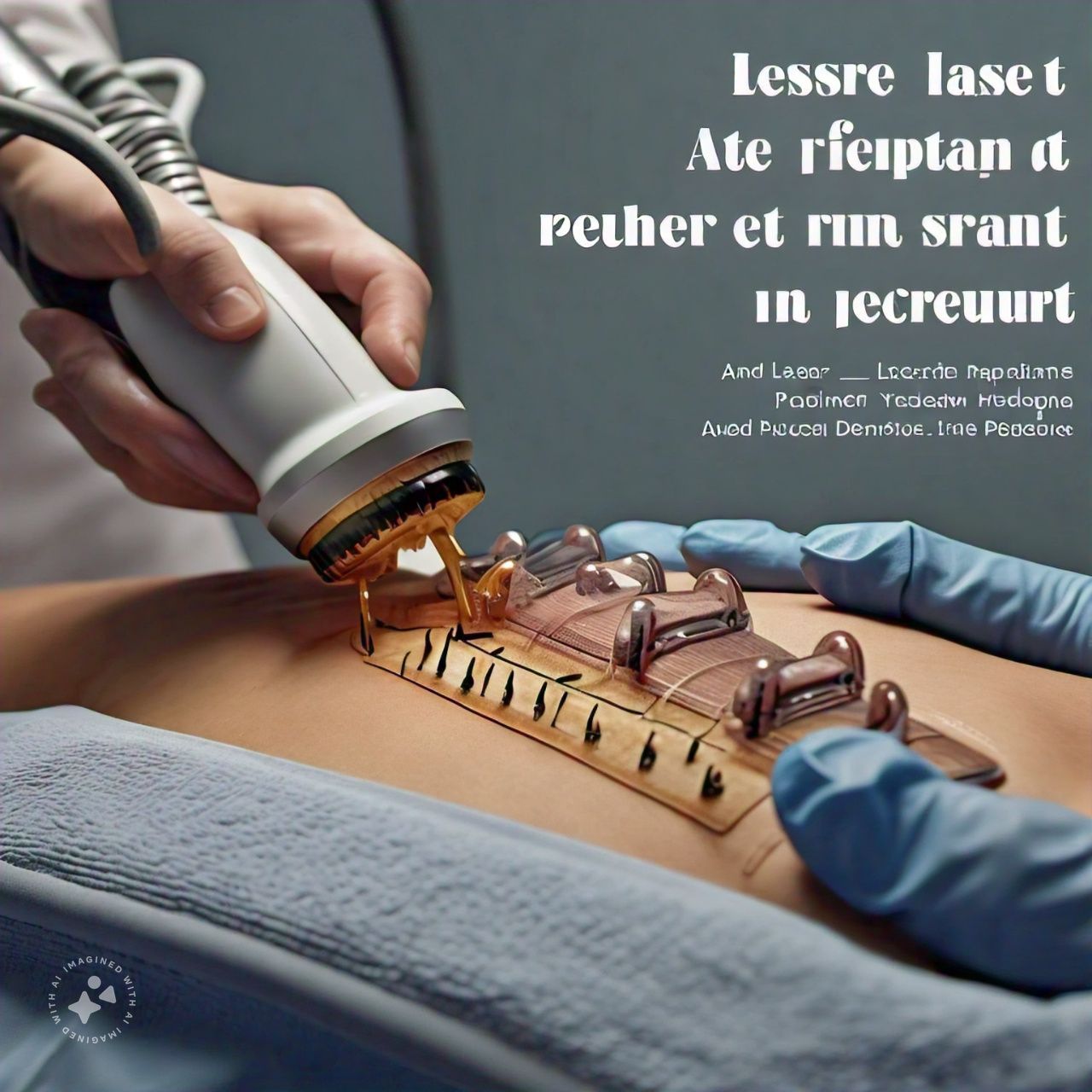Introduction
Laser treatment has revolutionized the medical field with its precision and effectiveness. From dermatology to oncology, lasers have become indispensable tools. Let’s dive into what makes laser treatment so significant.
What is Laser Treatment?
Laser treatment involves the use of focused light beams to treat various medical conditions. Different types of lasers, such as CO2 and Nd, are tailored to specific treatments.
How Does Laser Treatment Work?
Lasers work by emitting light that is absorbed by the target tissue, causing thermal or mechanical effects. This interaction allows for precise targeting without affecting surrounding tissues.
Common Applications of Laser Treatment
Laser treatment finds applications in multiple fields:
- Dermatology: Used for acne, scars, and tattoo removal.
- Ophthalmology: Essential for LASIK and cataract surgeries.
- Dentistry: Helps in treating cavities and managing gum diseases.
- Oncology: Assists in tumor removal and pain relief.
Benefits of Laser Treatment
The advantages of laser treatment include high precision, minimal invasiveness, and quicker recovery compared to traditional surgical methods.
Risks and Side Effects
While generally safe, laser treatment can have side effects like redness, swelling, or scarring. It’s essential to discuss potential risks with your doctor.
Laser Treatment in Dermatology
In dermatology, lasers treat a variety of skin conditions:
- Acne and Scars: Lasers help reduce the appearance of acne scars and active breakouts.
- Tattoo Removal: Specific wavelengths break down tattoo pigments.
- Skin Rejuvenation: Lasers stimulate collagen, improving skin texture and appearance.
Laser Treatment in Ophthalmology
Laser treatment in eye care is groundbreaking:
- LASIK Surgery: Corrects vision by reshaping the cornea.
- Cataract Treatment: Removes cloudy lens with precision.
Laser Treatment in Dentistry
Lasers in dentistry offer pain-free alternatives:
- Cavity Treatment: Removes decayed tissue without drills.
- Gum Disease Management: Lasers clean infected gums with minimal discomfort.
Laser Treatment in Oncology
In cancer care, lasers play a crucial role:
- Tumor Removal: Targets and shrinks tumors precisely.
- Pain Management: Lasers help alleviate pain in cancer patients.
Preparing for Laser Treatment
Before undergoing laser treatment, a thorough consultation with a specialist is necessary. Follow pre-procedure instructions carefully to ensure the best outcomes.
What to Expect During the Procedure
Laser procedures vary in duration but are generally quick. Patients may feel a slight tingling or warmth during the treatment.
Post-Procedure Care
After treatment, proper care is crucial for recovery. Follow your doctor’s advice on skincare and avoid sun exposure.
Cost and Insurance Coverage
The cost of laser treatment varies based on the type and extent of the procedure. Check with your insurance provider to understand coverage options.
Conclusion
Laser treatment offers numerous benefits across various medical fields, providing effective solutions with minimal risks. As technology advances, the scope of laser treatment continues to expand.
FAQs
- Is laser treatment painful?
- Most laser treatments cause minimal discomfort, akin to a mild sting.
- How long does recovery take?
- Recovery times vary; some treatments require no downtime, while others may need a few days.
- Are the results of laser treatment permanent?
- Results can be long-lasting, but follow-up treatments may be necessary for maintenance.
- Can anyone undergo laser treatment?
- Not everyone is a candidate; consult a specialist to determine suitability.
- How should I prepare for laser treatment?
- Follow pre-treatment instructions, which may include avoiding sun exposure and certain medications.



